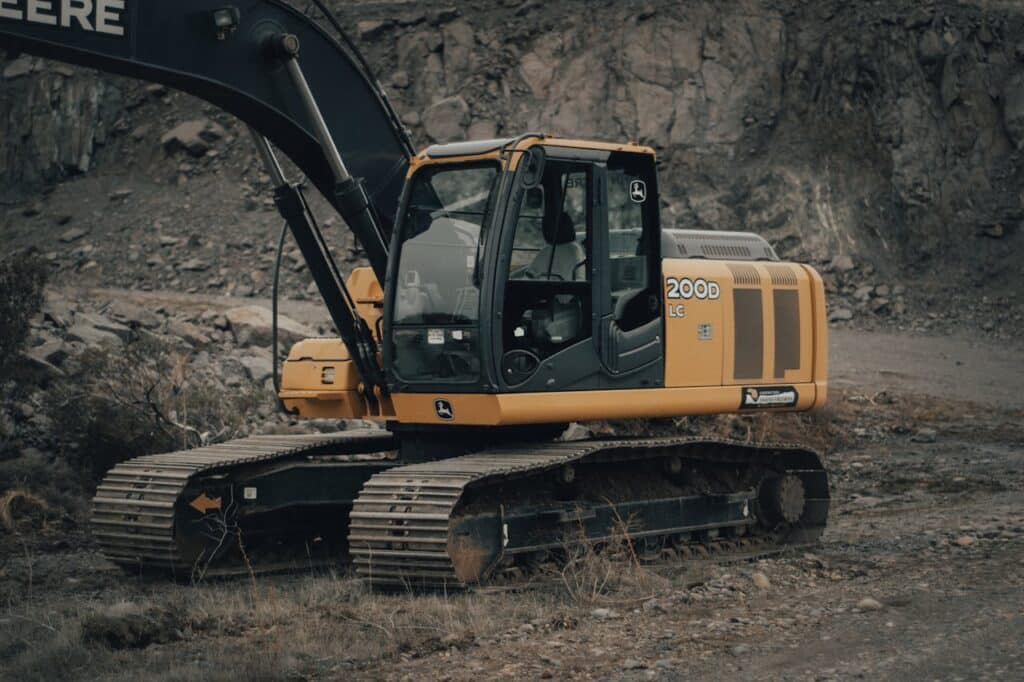These Canadian Copper Stocks Could Shine as Demand Surges
Key takeaways
Copper demand is set to soar: With the global push toward electrification, renewable energy, and EVs, copper is becoming one of the most critical metals for the future, creating strong long-term investment opportunities.
Different copper stocks offer varying risk-reward profiles: Lundin Mining provides stable, diversified production, Ero Copper offers high-grade, low-cost mining, and Faraday Copper presents a high-upside exploration play, giving investors multiple ways to gain exposure.
Supply constraints could drive prices higher: Limited new copper discoveries, declining ore grades, and growing demand could lead to a supply shortage, potentially boosting copper prices and benefiting well-positioned mining companies.
3 stocks I like better than the ones on this list.Many investors feel uneasy about buying futures contracts, like copper futures, or dealing with commodities in general. So, when they want to invest in Canadian stocks to gain exposure to a precious metal, they typically look for publicly traded producers.
In this article, I will speak on 3 top Canadian copper stocks on the Toronto Stock Exchange that you can look at today to gain exposure to rising copper prices.
Remember, although these are Canadian companies, most of them mine in foreign jurisdictions such as Australia, Peru, Mexico, the United States, Argentina, Ecuador, Mongolia, as well as other countries in South America.
Understanding where a company’s production is coming from is always important since building a mine in a country with an unstable government carries so much political risk.
Remember, there are plenty of small/nano-cap copper producers here in Canada, like Kodiak Copper (TSXV:KDK). However, to reduce overall volatility, I’m going to stick to significant copper producers with a reasonable history of production.
In addition to this, I’m going to focus on companies that have the majority of their production in copper. For example, companies like Rio Tinto, Teck Resources or Freeport-McMoran have copper exposure and produce large amounts in terms of volume. However, it doesn’t make up the majority of their production.
Although copper is down from its pandemic highs, it is still significantly higher than prices we’ve witnessed pre-pandemic, which bodes well for a copper mining company.
What are the top copper stocks in Canada?
Diversified global copper producer
Lundin Mining (TSE:LUN)

Lundin Mining is a mid-tier mining company with copper-focused operations in Chile, the U.S., Brazil, Portugal, and Sweden. While copper is its primary commodity, it also produces zinc, nickel, and gold. The company is known for its strategic acquisitions and commitment to responsible mining, making it a strong player in the global copper market.
P/E: –
5 Yr Revenue Growth: 13.3%
5 Yr Earnings Growth: -%
5 Yr Dividend Growth: 24.8%
Yield: 3.0%
High-grade copper producer in Brazil
Ero Copper (TSE:ERO)

Ero Copper is a Canadian mining company focused on copper production in Brazil. It operates the Caraíba copper mine and is expanding with the Tucumã project, which is expected to significantly increase output. Ero is known for its high-grade copper deposits, low-cost operations, and commitment to innovation in mining.
P/E: –
5 Yr Revenue Growth: 10.5%
5 Yr Earnings Growth: -%
5 Yr Dividend Growth: -%
Yield: -%
Copper exploration and development company
Faraday Copper (TSE:FDY)

Faraday Copper is an early-stage copper exploration and development company focused on the Copper Creek project in Arizona, USA. The project has significant resource potential, and the company is working toward advancing it into a producing mine. Faraday offers high-risk, high-reward potential for investors looking for exposure to future copper supply growth.
P/E: –
5 Yr Revenue Growth: -%
5 Yr Earnings Growth: -%
5 Yr Dividend Growth: -%
Yield: -%
Is there a copper miners ETF?
As of right now, there are a few copper mining ETFs you could buy. The Global X Copper Miners ETF is the most popular, which trades under the ticker COPX. The fund has over $2.5B in assets under management.
Its top holdings contain the likes of Ivanhoe Mines, Lundin Mining, Southern Copper, First Quantum Minerals, and BHP Group.
The fund has 38 holdings, giving investors strong exposure to copper producers. Other notable Canadian options inside of the portfolio but not in the top ten holdings are Capstone Copper, Hudbay Minerals, and Altius Minerals.
Related
Top TSX Gold Stocks

Overall, these 3 Canadian copper stocks should benefit from the current environment
I’m not really a fan of investing in cyclical plays like this for the long term. But, there is no doubt that copper prices are likely to stay high for the next few years, and as a result, there are likely to be some short-term gains to be made on Canadian copper stocks.
Remember that although there is likely still value here to be had, a lot of it is priced in. We can also see the overall volatility in these copper stocks as something as simple as a short-term guidance cut to Lundin’s copper profile caused its share price to drop by double digits.
Expect some significant ebbs and flows over the next few years in these copper producers, and be ready to hang on for the ride.

